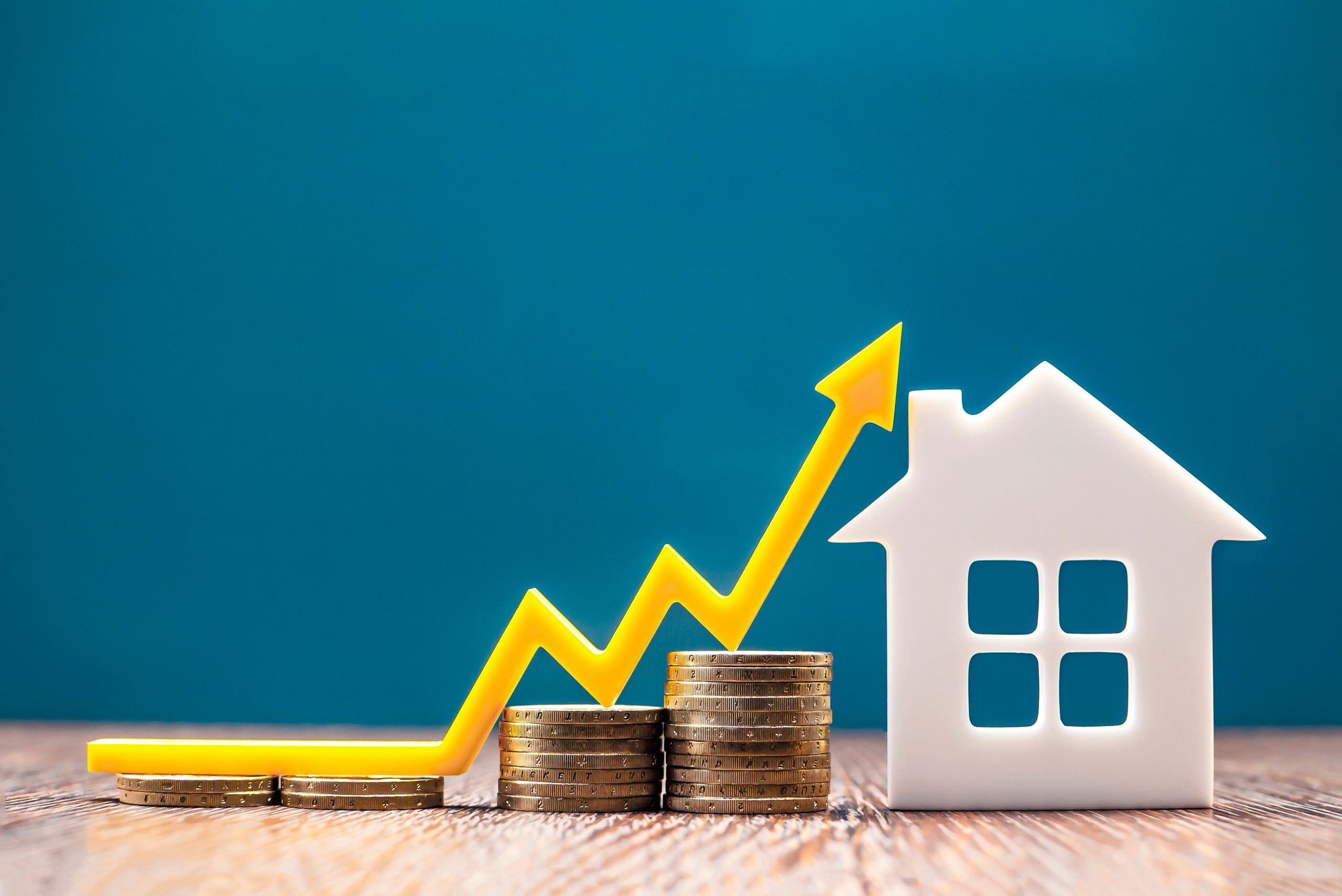First-time Buyer
Asking prices leap 1.8 per cent despite end of stamp duty incentives

The average asking price in October went up by 1.8 per cent to £344,445, with all UK regions and first-time buyer, second stepper and top of the ladder property prices hitting record highs.
According to Rightmove’s house price index for October, this is the highest monthly rise at this time of year since October 2015.
The strong activity was partially driven by fast turnover of properties for sales and a “window of opportunity” before a potential interest rate rise later this year. This overcame a possible slowdown from the expiry of stamp duty incentives.
The report added that number of new sales being agreed was up 15.2 per cent in September but said that high demand was stalling recovery in depleted available stock.
It said that although the number of new properties coming to market was higher than in the summer, stock levels were still an issue for the market.
According to the report, this imbalance provides an opportunity for owners to sell and cash out if they are downsizing or if they do not need to buy another property.
Tim Bannister, Rightmove’s director of property data said: “2021 has been the year of the power buyer, with those in the most powerful position to proceed quickly and with most certainty ruling the roost over other buyers who have to sell but have yet to come to market.”
He added that one agent analysis showed that 87 per cent of their sales were to buyers who were ready to proceed, which was “typical” for many agents.
“Buyers being able to prove they are mortgage-ready or have cash in the bank helps them get up the pecking order. Whilst available stock for sale is still close to record lows, there are signs that this has stopped falling and stabilised this month, so fresh new choice is slowly growing,” he added.
He continued that as the end of the year approached many prospective buyers would be focusing on a having a normal Christmas so more “determined buyers” who sold their property could “act fast and buy with less competition.”
Managing director of Barrows and Forrester, James Forrester, said that the market had shown an “incredibly strong performance” despite the rollback of the stamp duty holiday.
He said: “We’re now seeing definitive proof that while the stamp duty holiday may have acted as a starting pistol where the property market revival was concerned, the race certainly hasn’t been run and this strong upward growth is unlikely to dissipate anytime soon.
“While it seems too soon to talk about Christmas, it won’t be long before it arrives and while many will be eyeing the New Year with regard to selling their home, now is the time to get your house in order so that come the 1 January you’re on the market and attracting interest.”
Director of Benham and Reeves, Marc von Grundherr, said the market was now seeing a second wave of activity as buyers avoiding “chaotic market conditions” of the past year entered the space.
He said: “With the market remaining particularly buoyant, those entering with a property to sell are pricing high and this has caused yet further growth where asking prices are concerned. While initial asking price expectations are perhaps a little over-optimistic, to say the least, a lack of stock to satisfy demand means that homes are selling fast and for a very good price.
“Full house” market conditions
The report said that all-time record highs were recorded in all regions and three UK sectors of first-time buyers, second stepper and top of the ladder.
The report said that the national average asking price for a first-time buyer went up by 0.8 per cent to £210,672 in October.
For second steppers it increased by 1.4 per cent to £315,386, while top of the ladder improved by 1.7 per cent to £630,819.
Regionally, the biggest monthly change in house prices was in the North West, which increased by 2.3 per cent to £232,639.
Wales also reported a 2.3 per cent monthly change, with average prices of £237,830.
In London and the South West, the monthly change was pegged at 1.9 per cent, bringing average house prices to £650,683 and £359,906 respectively.
The lowest monthly change was in the East of England, where the monthly price change was 0.1 per cent and average house price was £396,232.
Bannister said that these full house conditions were an “extremely rate event”.
Von Grundherr said: “We’re certainly starting to see stronger signs of a London market revival. House price growth across the capital has remained fairly muted in contrast to the rest of the nation but a return to the workplace and the return of foreign interest is starting to drive the market forward.
“Don’t be surprised to see London regain the property price growth top spot before the year is out.”